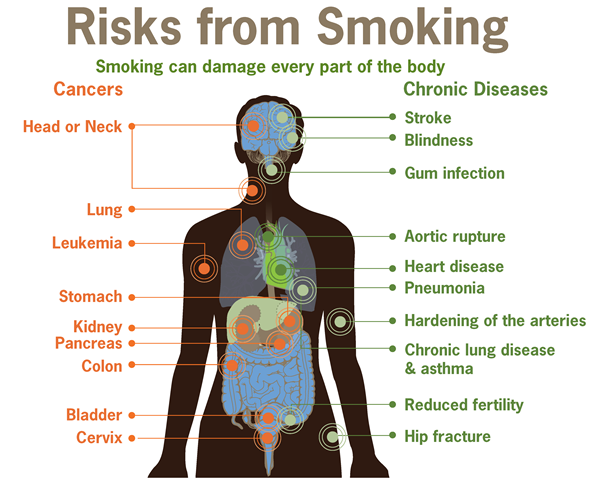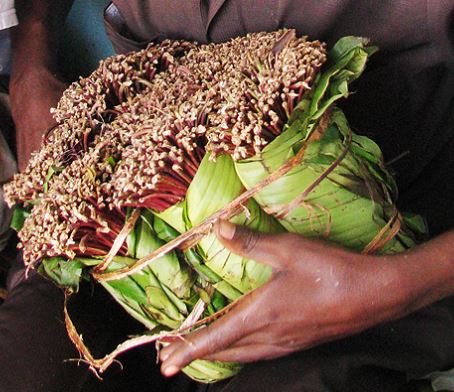A drug is any natural or artificial chemical that causes changes in the body or the mind or both when taken into the body.
On the other hand, medicines are drugs that are used to treat or prevent illness.
All medicines are drugs but not all drugs are medicines.
Can you name some drugs that are not medicines?
The two terms are often confused.
Drug misuse is the use of drugs for any purpose other than that for which they are medically intended.
For instance, there is a form of medicine that is used to reduce and eliminate the common cold.
The same medicine makes a patient sleepy.
This sleepy effect is referred to as a side-effect of the medicine.
If somebody took the tablets in order to sleep and not to cure a cold, then this will be referred to as drug misuse.
Drug abuse is the continuous misuse of drugs.
1. When patients take drugs against the instructions of the doctor because of misunderstanding the directions given in the doctor’s prescription.
2. When a patient shares drugs prescribed by a doctor with a friend or family member for whom the drugs were not prescribed.
3. When a patient takes drugs in higher or lesser dose than that recommended by the doctor.
4. When a patient takes drugs for purposes other than that for which it was medically intended
• Oral use: the drug or medicine is taken into the body through the mouth.
• Injections: this is the introduction of the drug into the body by using a syringe. This can be done by qualified medical people or by the drug users themselves.
• Smoking: this is an introduction of the drug into the body through burning the drug and inhaling the smoke it produces as it burns. Cigarettes and bhang are smoked.

• Snuff: this is drug use by inhaling the drug in powder form through the nose.
• Chewing: some drugs are in the form of leaves or twigs. These leaves on twigs are chewed so that the juices are released and used as drugs.
• Inhaling: fumes of the drug are breathed in by the user.
Drugs can be grouped as stimulants or depressants.
Stimulants raise the mood, cause excitement and hallucinations (seeing imaginary things).
Depressants reduce alertness, cause drowsiness and relaxation of mental and physical tension.
Some of the most commonly abused drugs are;

How it is introduced into the body :
Main effect :
How it is introduced into the body :
• smoked
• leaves are made into paste and mixed with food then eaten
• leaves can be boiled and drank
Main effect :
How it is introduced into the body : (sold in tablet, powder or liquid form)
Main effect :
How it is introduced into the body :
Main effect :
How it is introduced into the body :
• chewing young twigs or leaves and the bark of the plant
Main effect :
• lack of sleep (insomnia)
• mouth ulcers
• impotence

How it is introduced into the body : drinking
Main effect :
symptoms
How it is introduced into the body :
• dried leaves of the plant rolled into cigarette which is lit and the smoke inhaled
• the powder is sniffed
• chewing the dried leaves
Main effect :
• coughing and other lung infections
• cancer of the lungs
• increase in mucus
• increased strain on the heart
Society is the way in which people living together as a community are organised.
Being social means being able to live peacefully with others in the society.
The social effects of a drug are those things the drug does that affect people living together in a society.
A person may:
When taking medicine one should:
1. Take medicine only under the doctor’s instructions (in the right amount or dose).
2. Not drink directly from the medicine bottle but make use of spoons so that it is easy to measure the amount taken.
3. Take medicine at the right time and keep the intervals as recommended.
4. Not share medicine given with another person even if both think they are suffering from similar diseases.
Medicine is needed to keep us in good health.
Medicine can go bad if not kept properly.
Medicine that has gone bad because of overstaying or being kept under poor conditions, cannot cure the intended diseases.
Such medicine is said to be expired.
It can be dangerous (poisonous) to your health.
Good storage of medicine is very important.
1. Medicine should be kept away from children. Children should not play with medicine as they can accidentally consume it.
2. Medicine should be stored in a cool dry place unless it is indicated otherwise on the container label or in the doctor’s instructions. Exposure of some medicines to sunlight may affect the medicine.
3. Expired medicine should not be taken. It may be dangerous to your health.
4. The medicine container should always be closed properly.
5. Children should not play with medicine containers.
How it is introduced into the body :
• inhaled or sniffed as vapour

Main effect :
• user gets drunk, dizzy, light headed, looses concentration and coordination
• excited feeling – a floating sensation Drug.
In this topic we learned the following;
Standard 5
1. Amina was instructed by the doctor to take two teaspoonfuls of some medicine after every six hours for five days. She forgot the instructions and took four teaspoonfuls of the medicine at once. After realizing her mistake, Amina should have
A. Sought immediate advice from a doctor
B. Taken medicine only after the next twelve hours.
C. Drunk plenty of water to dilute the medicine
D. Continued taking the medicine correctly as instructed
2. When Sahau fell sick he went to a health center where he was given medicines and instructed on how to take them. He forgot the instructions. Which one of the following is not advisable for him to do?
A. Check whether the instructions are written on the medicine packets.
B. Ask a shopkeeper who had a similar illness.
C. Report to the health center and seek advice.
D. Take medicine to a medical doctor for instructions.
3. The BEST reason for being advised not to buy medicines from unauthorized dealers when sick is because they may
A. Not diagnose diseases one is suffering from
B. Not have all drugs required.
C. Give contaminated drugs.
D. Give the wrong doses.
Standard 7
1. Cirrhosis is a disease of the liver which is commonly caused by excessive
A. Drinking of beer B. Smoking of tobacco
C. Chewing of miraa D. Inhaling of cobbler’s glue
2. Cancer of the lungs may be caused by excessive
A. Chewing of khat (miraa) B. Sniffing of glue
C. Smoking of cigarettes D. Drinking of beer
3. Which one of the following drugs is NOT extracted from plants?
A. Bhang B. Mandrax C. Cocaine D. Heroin
4. Certain drugs have been prohibited in Kenya. Which one of the following drugs has NOT been prohibited?
A. Tobacco B. Mandrax C. Bhang D. Cocaine
5. Which one of the following statements about alcohol is NOT TRUE?
A. Excessive use of alcohol leads to loss of memory
B. Alcohol is harmful to the liver
C. Alcohol affects the use of hands and legs
D. Alcohol is a prohibited drug in Kenya
6. Which one of the following complications is brought about by prolonged abuse of mandrax, bhang, and cocaine?
A. Convulsions B. Higher breathing rate
C. Addiction D. Reduced pulse rate
7. Which one of the following drugs may affect your health if often abused in your presence?
A. Tobacco B. Cocaine C. Khat D. Cobbler’s glue